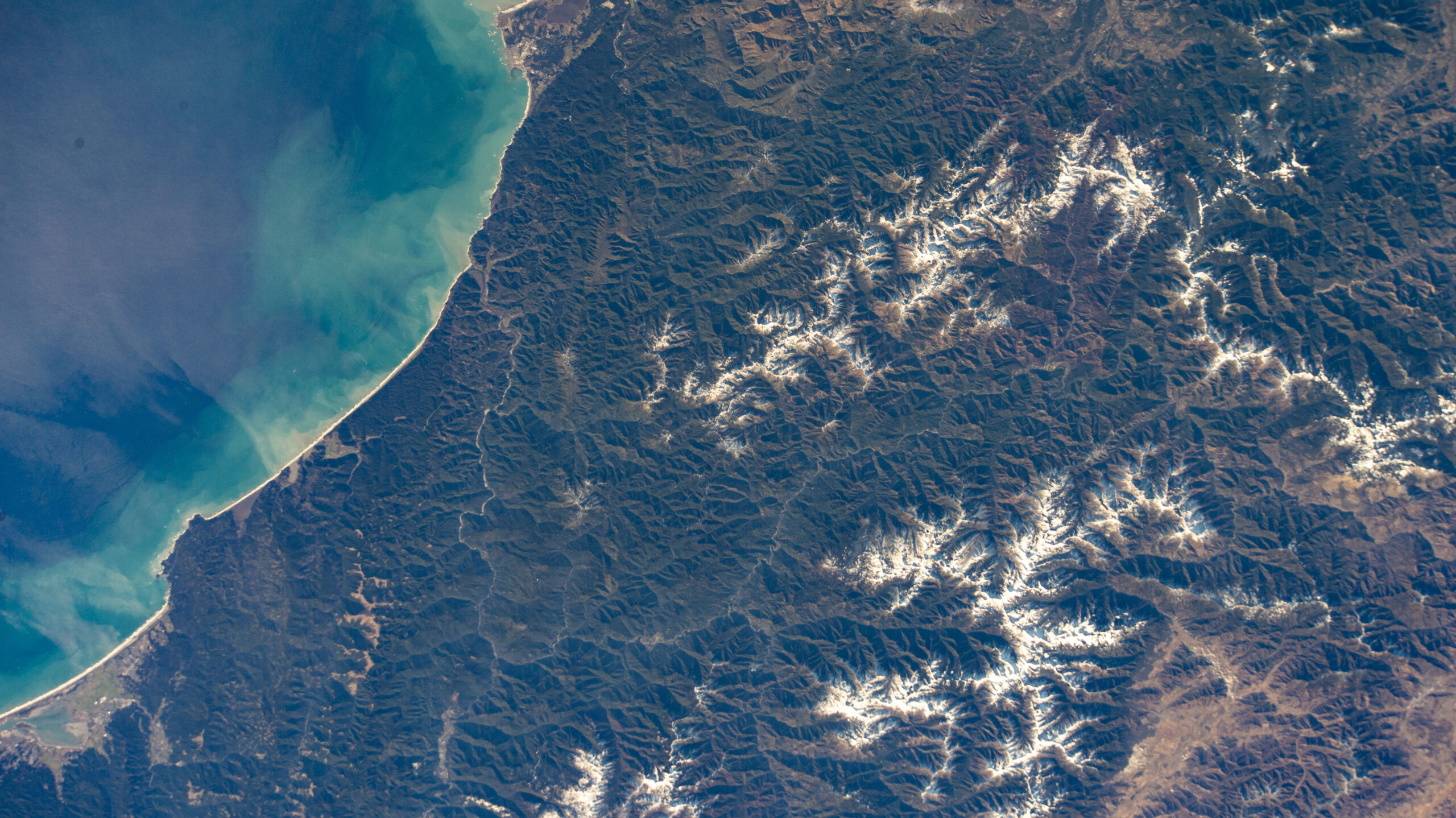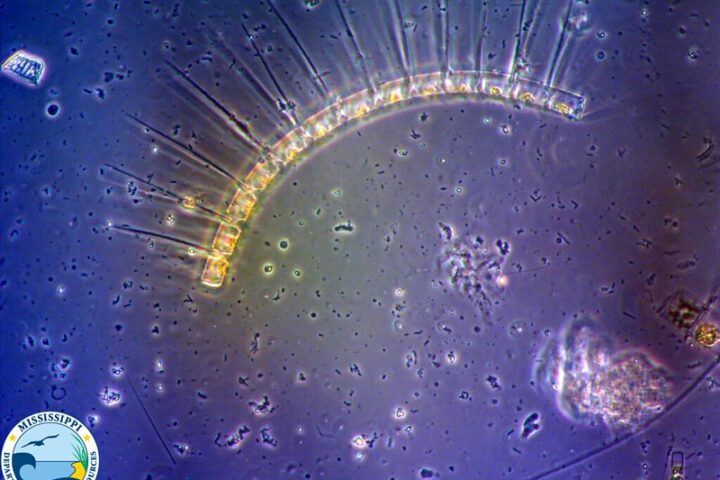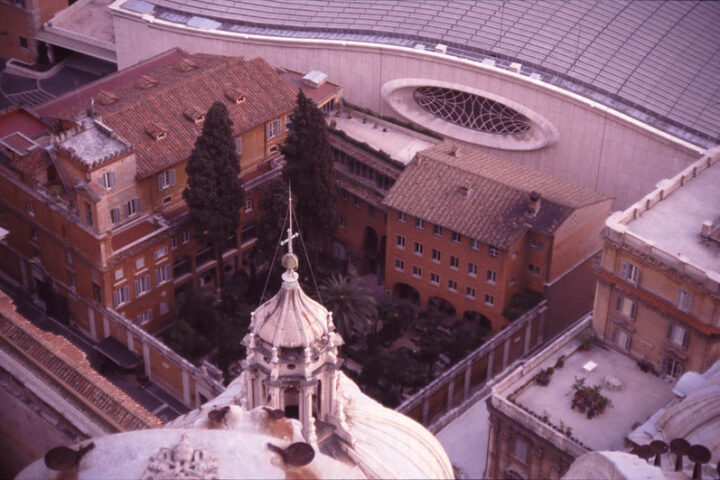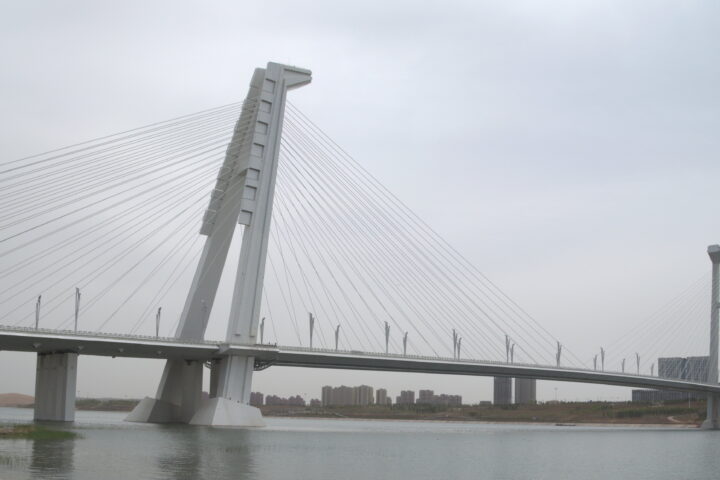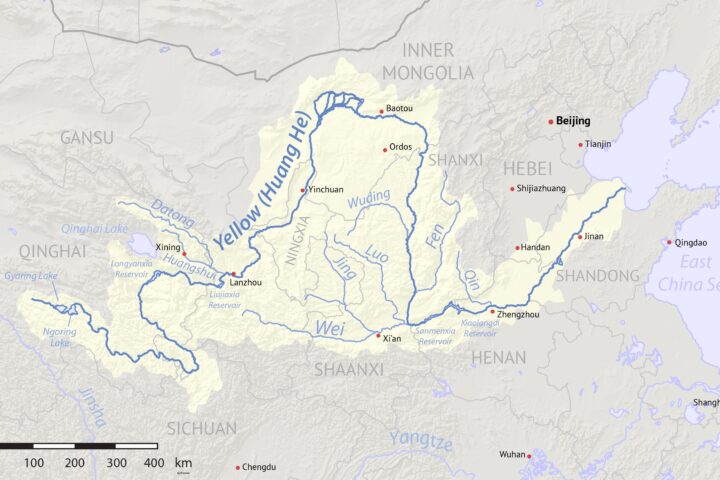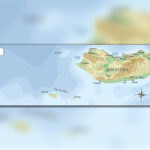Source: Redwood_National_and_State_Parks,_California_flickr-50838584937
Enveloped by the mist-kissed coastline of Northern California, Redwood National and State Parks stand as a monumental testament to the grandeur of nature. Within its boundaries, a verdant tapestry unfolds, where towering redwoods, ancient and imposing, dominate the landscape. These colossal trees, among the tallest and longest-lived organisms on Earth, create an awe-inspiring cathedral of green, their canopy forming a verdant canopy that filters sunlight into an ethereal realm.
Beyond the redwoods, a rich biodiversity thrives. From the salmon that navigate its pristine rivers to the elk that graze in emerald meadows, the park is a sanctuary for countless species. The rugged coastline, battered by the Pacific Ocean, supports a vibrant marine ecosystem, while the inland forests shelter a diverse array of terrestrial life.
This pristine wilderness has been shaped by millennia of ecological processes and human history. Indigenous peoples, including the Yurok, Tolowa, Karuk, Chilula, and Wiyot, thrived in harmony with the land, developing deep spiritual connections to the redwood forests. Their sustainable practices and reverence for nature offer invaluable insights into harmonious coexistence with the natural world.
The arrival of European settlers in the 19th century marked a stark departure from this harmonious relationship. The allure of gold and the insatiable demand for timber led to rampant deforestation, leaving scars on the once pristine landscape. However, a growing awareness of the ecological and cultural significance of the redwoods ignited a powerful conservation movement. Through the tireless efforts of dedicated individuals and organizations, Redwood National and State Parks was established, safeguarding a critical portion of these irreplaceable forests.
Today, the park stands as a beacon of hope for environmental preservation. Its mission extends beyond protection to encompass restoration, education, and public engagement. Scientists, park rangers, and volunteers work tirelessly to restore the ecosystem’s health, reintroduce native species, and engage visitors in the park’s story.
As visitors explore the park’s winding trails, they become immersed in a world of wonder and tranquility. The towering redwoods, the crashing waves, and the symphony of nature’s sounds create an unforgettable experience. The park serves as a reminder of our connection to the natural world and inspires a deep appreciation for the planet’s biodiversity.
Beyond its ecological and aesthetic value, Redwood National and State Parks play a crucial role in climate regulation, water purification, and soil conservation. These ancient forests sequester vast amounts of carbon dioxide, helping to mitigate the impacts of climate change. The park’s pristine watersheds provide clean water for countless communities, and its healthy soils support biodiversity and prevent erosion.
In an era marked by environmental challenges, Redwood National and State Parks stands as a testament to the resilience of nature and the power of human conservation. It is a place where the past, present, and future intertwine, offering hope for a sustainable and harmonious coexistence between humanity and the natural world.
The Titans of the Forest
The coast redwood, the undisputed star of Redwood National and State Parks, is a botanical marvel. These towering giants have evolved over millennia to thrive in the region’s unique climatic conditions. Their ability to withstand the frequent fog and heavy rainfall is a testament to their adaptability. The redwoods’ shallow root systems, which spread out rather than delving deep, anchor them firmly against the slopes, making them remarkably resistant to toppling, even in the face of powerful storms.
The tallest known redwood, Hyperion, resides within the park’s boundaries, reaching a staggering height of over 380 feet. To put this into perspective, it’s taller than a 35-story building. These colossal trees provide habitat for a diverse array of organisms, from the tiny redwoods sorrel to the majestic spotted owl.

Image source-https://www.britannica.com/place/Redwood-National-Park
A Symphony of Life
Beyond the redwoods, the park’s ecosystem is a complex tapestry of interconnected life forms. The understory, a lush carpet of ferns, mosses, and wildflowers, supports a thriving community of insects, amphibians, and small mammals. The park’s rivers and streams are home to salmon, steelhead trout, and other aquatic species, while the coastline teems with marine life, including whales, seals, and sea otters.
The park’s diverse habitats also support a variety of wildlife, including black bears, deer, and mountain lions. The elusive northern spotted owl, a symbol of old-growth forests, finds refuge in the park’s mature redwoods. Protecting these apex predators is crucial for maintaining the ecological balance of the ecosystem.
Challenges and Conservation
Preserving the Redwood National and State Parks is an ongoing challenge. Threats such as climate change, invasive species, and human impact pose significant risks to the park’s ecosystems. Rising sea levels, more frequent and intense wildfires, and altered precipitation patterns are affecting the delicate balance of the coastal environment.
Park managers are working tirelessly to address these challenges through a variety of strategies, including habitat restoration, invasive species control, and public education. By partnering with local communities, scientists, and conservation organizations, the park is developing innovative approaches to ensure the long-term protection of this irreplaceable treasure.
A Legacy for Future Generations
Redwood National and State Parks is more than just a collection of trees; it is a living laboratory, a spiritual retreat, and a vital component of the Earth’s ecological network. The park’s significance extends far beyond its borders, inspiring conservation efforts worldwide and serving as a model for sustainable land management.
As we face increasing environmental challenges, the importance of protecting places like Redwood National and State Parks becomes even more apparent. By preserving these ancient forests, we safeguard not only the biodiversity of our planet but also the human spirit.
A Timeless Tapestry
Redwood National and State Parks stand as a living testament to the Earth’s extraordinary capacity for growth and resilience. These coastal forests, a verdant masterpiece etched into the Pacific Northwest, harbor a profound connection between humanity and nature. The towering redwoods, ancient and majestic, serve as guardians of a delicate ecosystem teeming with life.
From the salmon that navigate its pristine rivers to the elk that graze in sun-dappled meadows, the park is a sanctuary for countless species. The rugged coastline, battered by the Pacific Ocean, supports a vibrant marine ecosystem while the inland forests shelter a diverse array of terrestrial life. This intricate web of life offers a glimpse into the delicate balance of nature and the importance of preserving such pristine habitats.
The park’s history is as captivating as its natural beauty. Indigenous peoples, stewards of the land for millennia, lived in harmony with the redwoods, their culture deeply intertwined with the forest’s rhythms. The arrival of European settlers disrupted this delicate equilibrium, leading to widespread deforestation. Yet, the indomitable human spirit prevailed, and through tireless conservation efforts, these irreplaceable forests were protected.
Today, Redwood National and State Parks stand as a beacon of hope for a sustainable future. The park’s commitment to restoration, education, and preservation ensures that the legacy of these ancient trees will endure for generations to come. As visitors explore this natural cathedral, they are reminded of our interconnectedness with the Earth and inspired to protect our planet’s precious resources.
Sources:
- https://en.wikipedia.org/wiki/Redwood_National_and_State_Parks
- https://www.visitredwoods.com/explore-the-redwoods/redwood-national-park/
- https://www.britannica.com/place/Redwood-National-Park
- https://www.usatoday.com/story/travel/experience/national-parks/2024/04/06/redwood-national-park-california-visit-tips/73170136007/

